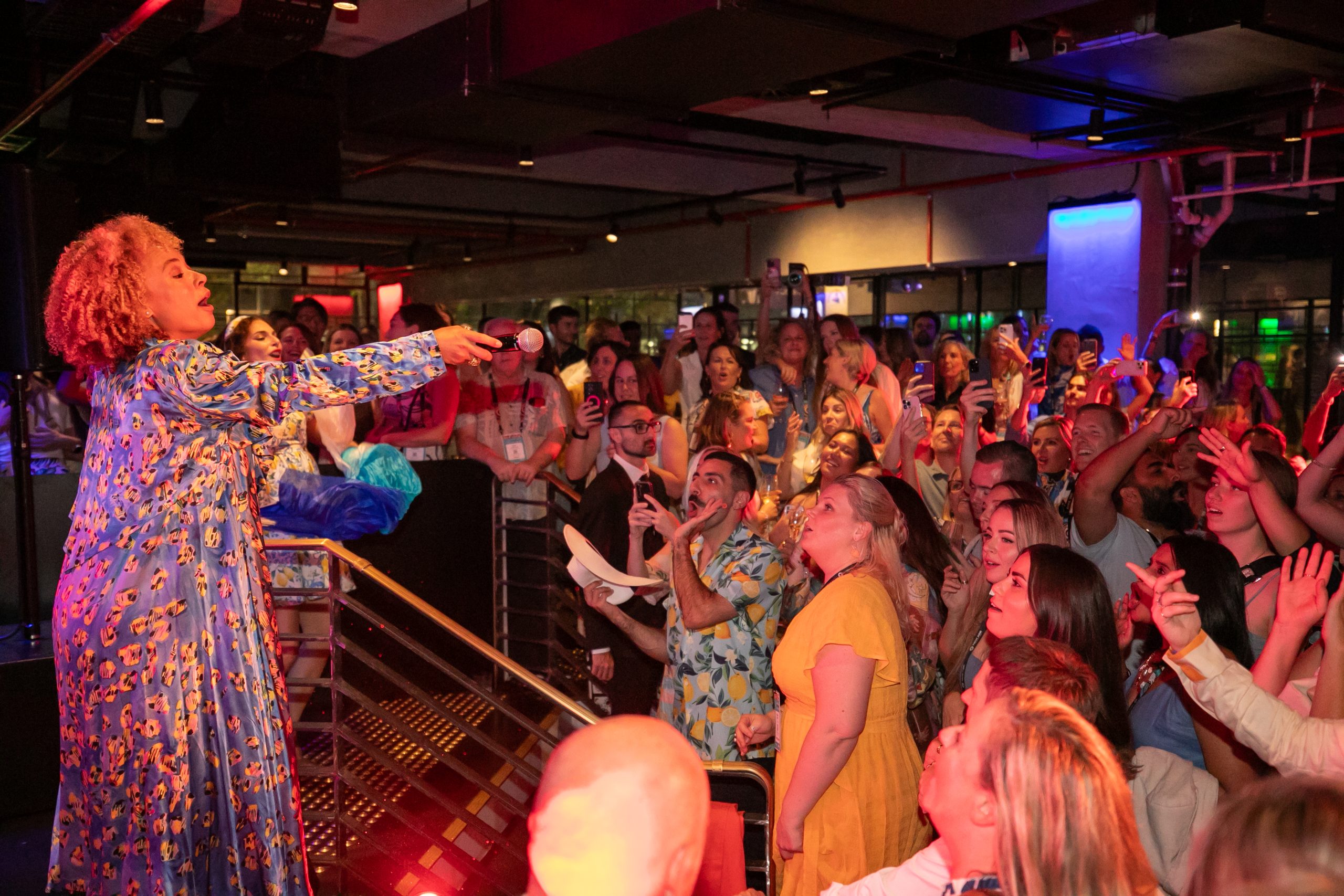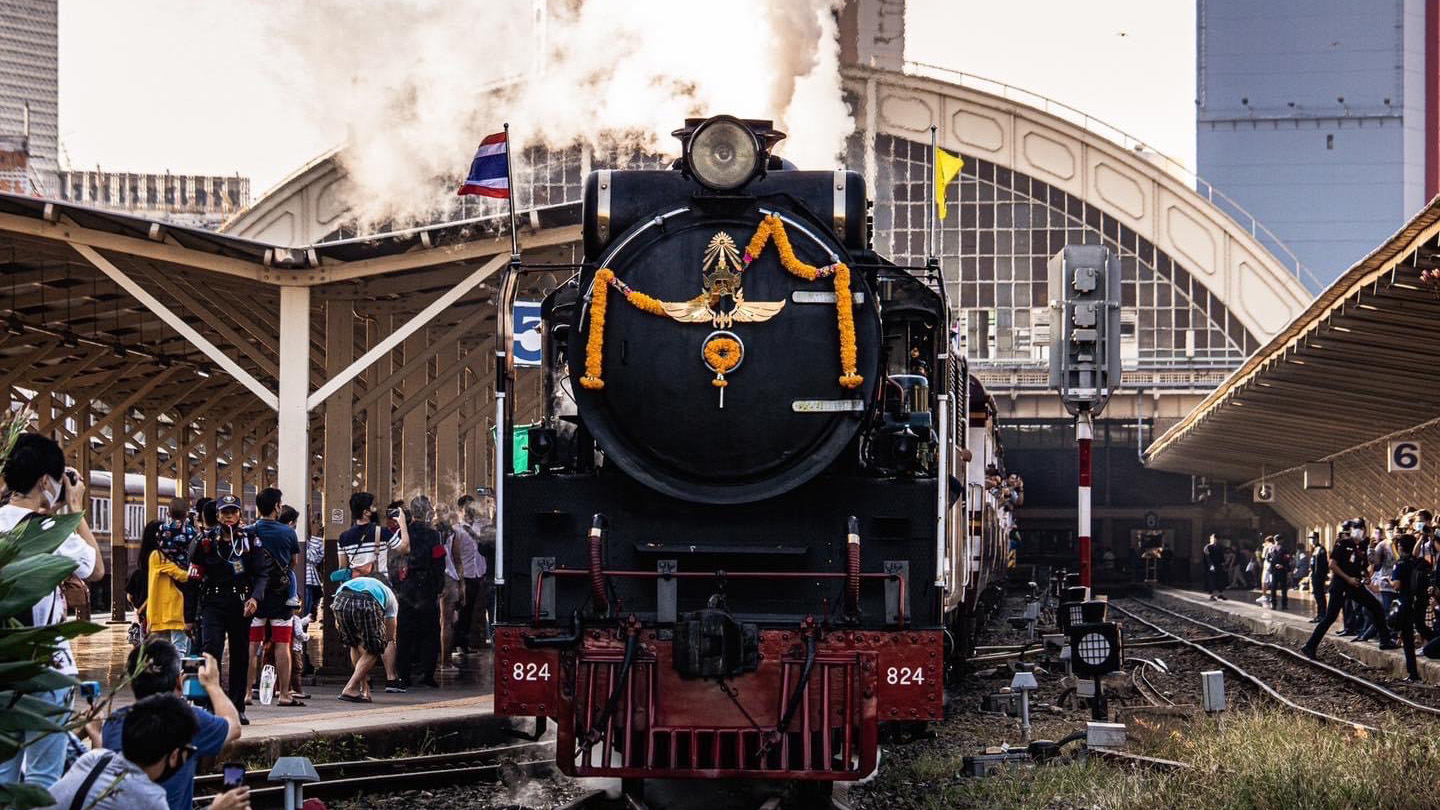Tokyo – and the whole of Japan for that matter – continues to battle a wave as forceful as the devastating tsunami that struck the country’s northeastern coast in March.
Five months have passed since the horrific incident, and yet fears by the outside world about the recurrence of yet another giant wave and spread of radioactivity from the damaged nuclear reactor in Fukushima are proving to be as daunting as the task to recoup and rebuild.
The killer wave occurred in minutes, but negative perception overseas lingers, colouring decisions to visit the country; to indulge in a holiday, resume business dealings or proceed with a planned conference or incentive programme.

Tokyo, Japan’s premier gateway, which is 270km away from the affected area, hasn’t been spared from being tarred with the same brush, a situation that tourism and business events players are trying hard to surmount and resolve with their overseas constituencies.
“Tokyo has never been in danger, even if on the map it looks close to Miyagi prefecture,” says Gregor Andreewitch, general manager of Conrad Hotel Tokyo, summing up a message that the industry desperately wants to get out – and stick in people’s psyches. “The city may look less bright at night (referring to Tokyo’s iconic neon lighted skyline), but that’s because the government has asked us to be concerned about saving power due to the Fukushima reactor’s shutdown.”
Jay Martens, chief executive officer of Lucioles, which organised the country’s first luxury travel show Blossom Japan in January, remarks: “It was always thought the ‘big one’ would happen in Tokyo but it happened somewhere else. Yet, it is suffering, along with the rest of the country that was not affected because it is being thought to be unsafe.
“But nothing there has been destroyed.”
Martens believes the resiliency of the Japanese, especially its hospitality and events professionals, is surfacing. He said this has inspired him to make the second Blossom Japan, scheduled in Kyoto in February 2012, a more potent platform to show Japan’s unique attractions, which have been kept under the radar for years from international travellers. At press time, Martens estimates about 115 foreign buyers from 39 countries have registered to attend, eager to see what over 200 exhibitors have to present.
He adds: “Of course, what happened shocked us all, but now the private sector is organising itself and putting strategies into place to let people know that Sendai and Fukushima are only a small part of Japan, and that Tokyo and the rest of the country are okay and ready to receive the world again.”
With the government occupied with rehabilitation and managing its damaged nuclear power programme, the private sector has had to take the lead in setting the record straight for the many who remain unsure.
The market is now flooded with various come-back initiatives, rolled out by the hotels (turn to page 26 for Tokyo meeting deals), airlines (British Airways and Cathay Pacific were early initiators of travel promotions) and tour operators. One enterprising agent, The Real Japan, put its money where its mouth is, and launched the unique “100 + 1 days Travel Volunteer” project. The winner of the contest, will visit all 47 Japanese prefectures, between September 15 and December 24, and share his or her impressions through a blog. Travel and accommodation expenses during the trip, including international air fares, are covered by the sponsor.
The weeks immediately following the twin disasters effectively wiped out all bookings – a depressing fact that the industry was realistic enough to accept. It was – as in similar instances of a catastrophe wreaking havoc on a destination – the corporate traveller who was back, as soon as safety levels were deemed normal. Says The Peninsula Tokyo general manager Malcolm Thompson: “Our occupancy was already around the mid-60s [percent] in April and May.”
His colleague, Shangri-La Tokyo general manager Wolfgang Krueger reports that currently his business is up 80 percent of pre-earthquake levels. Says Andreewitch of Conrad Tokyo: “Corporate travel has resumed, led by the finance and banking industries who have been coming to demonstrate their support for their local partners.”
The Tokyo Convention and Visitors Bureau (TCVB) has not let time pass without some positive action or message. Anyone on their e-mailing list (MIX included) has received a steady stream of updates on the country’s situation as well as the status of conferences and business events.

Not everyone showed themselves to be skittish about visiting Japan. In May, the Optical Society proceeded with its annual meeting, bringing 138 delegates to the capital city. “We made the right decision,” says a spokesperson. “Everything went well. We had a very big reception with sushi, tempura, sake and Japanese beer!”
More groups have rallied around the beleaguered country. The 24th World Congress of Architecture will occur from September 25 to October 1 at the Tokyo International Forum, followed by the International Gymnastics Federation, which holds qualifying heats for the 2012 London Olympics from October 7 to 16.
But full recovery is expected to really take place next year. The World Travel and Tourism Council (WTTC), whose president David Scowsill recently visited Japan to assess conditions, is holding the 12th Global Travel & Tourism Summit, representing the highest level gathering of industry chairs, chief executives and senior government officials, in Tokyo from April 17 to 19.
The feather in the city’s cap is undoubtedly the IMF/World Bank Conference in October of next year in Tokyo. “This was a big vote of confidence for us in Japan,” said Thompson of The Peninsula, of the industry’s jubilation over being honoured to host this high-profile affair. “With about 20,000 people visiting then, hotels will be definitely sold out,” says Tetsuo Fujita, consulting director of sales, Four Seasons Hotel Tokyo at Chinzan-so.
On the whole, Japan’s calm demeanour and indomitable spirit has gained praise from the market. Birju Gariba, chief executive officer of Platinum Incentives & Events, India, said: “The way it reacted to the calamity has won admiration from people globally. It is a great destination that has not been tapped enough by our side of the world. If all the industry stakeholders work together with their overseas partners, I believe something positive can come out of the situation.”

TOKYO ITINERARY
A sample programme prepared by Private Concierge
0900 Depart from the hotel and motor southwest toward Fuji Speedway, which features a world class circuit accommodating all kinds of motorsports. Mount Fuji can clearly be seen during the pleasant journey.
1030 Arrive at Fuji Speedway
1045-1230 Tokyo Drift Experience by Team Orange. To start, a briefing will be held to acquaint participants with the philosophy behind the sport and the four steps to safe drifting. Dual Run with Team Orange. Participants get first-hand experience of drifting, sitting next to a professional driver. Participants take their turn at the wheel.
1230 Lunch break
1330-1500 Drift driving continues.
1500 Group photo with Team Orange is taken. Drive back to Tokyo
1630 Arrive at the hotel. Freshen up for the evening nightlife tour.
1730 Depart for Tokyo “Night Safari”, starting with drinks at a high-rise nook like Park Hyatt Tokyo’s New York Bar (below), followed by a trawl of Shinjuku Kabukicho and Golden Gai bars and a chance to jostle with the night crowds.
Back to business
As part of the regeneration process, some of the city’s top hospitality players are offering competitive deals in an effort to draw meeting planners’ attention once more. Here are some good deals.
FOUR SEASONS
THE DEAL Applies to a minimum of 10 guestrooms booked on a peak night and for new meetings booked before August 31 and held before December 31. Offer is not valid on any previously contracted business.
MEETING PACKAGE The offer includes one night accommodation and meeting with a choice of four of the following benefits: breakfast or evening welcome cocktail reception, one coffee/tea break daily, one suite upgrade per 25 room nights occupied, free internet access in the guestrooms, welcome amenity per guest once during stay and 15 percent attrition allowance up to seven days prior to the group’s arrival.
RATES Room rates start from JPY30,000 (US$380) a person per night.
MANDARIN ORIENTAL
THE DEAL Applies to bookings of 10 guestrooms or more. Accommodation is in a 50sqm deluxe room.
MEETING PACKAGE It targets groups of 10 to 90 participants, consisting of meeting room use, with wired/wireless microphone, built-in screen, 2000ANSI Lumen LCD projector, flip chart with markers, set lunch or bento box, two coffee breaks (full day/0900 to 1700) or one coffee break (half day/0800 to 1200 or 1300 to 1700), personalised digital room signage and personalised place cards among others.
RATES Room rates start from JPY29,000 (US$366.65) per room per night, single or double occupancy until August 31 and from JPY35,000 (US$442.51) per room per night, single or double occupancy between September 1 and March 31, 2012. Full-day sessions start from JPY21,500 (US$271.82) per person and half-day sessions start from JPY16,500 (US$208.61). Prices do not apply to ballroom events.
THE PENINSULA
THE DEAL Applies to bookings of a minimum 10 rooms per day to receive a one- night stay in a deluxe room.
MEETING PACKAGE This consists of meeting room use from 0800 to 1700 with wired and wireless broadband internet access, screens, flip charts and white board, continental breakfast served in meeting room, two tea breaks and working lunch among others.
RATES From JPY65,000 (US$821.78) per person per day throughout August and September 2011.
RITZ-CARLTON
THE DEAL This is a meetings-only offer for bookings of five to 70 participants.
MEETING PACKAGE Full-day sessions consist of meeting room use from 0900 to 1700, lunch box at meeting space and two refreshment breaks. Half-day sessions run from 0800 to 1200 and include one coffee break. Both are supplied with mineral water and sweets, notepad and pen and screen, while additional drinks are billed on a per consumption basis.
RATES Full-day package costs JPY26,000 (US$328.72) per person and half-day package costs JPY15,000 (US$189.64) per person.

SHANGRI-LA
THE DEAL Applies to groups of 15 to 80 persons. Perks include a stay in a 50sqm deluxe room, complimentary in-room high-speed internet access, free use of health club and pool and early check-in from 1000 or late check-out until 1500 among others.
MEETING PACKAGE This consists of meeting room use, screen and LCD projector, basic equipment, one whiteboard and one flip chart, hotel meeting stationery, continental breakfast in the function space, one afternoon coffee break and one lunch in function space or hotel restaurant.
RATES One night starts from JPY60,000 (US$758.58); extension without meeting package at JPY45,000 (US$568.94). Supplement for a twin share is JPY15,000 (US$189.64). Prices are valid until September 30.
Fast Facts
ACCESS
Narita International Airport (www.narita-airport.jp/en) is 70km from central Tokyo so be warned that taxis are expensive and traffic can be a major problem, with travel times taking at least 1.5 hours and frequently longer. The privately run Tokyo Airporter Service (www.tokyoairporter.com) is ideal for small groups and operates 24 hours a day. Two trains – the JR Narita Express and the Keisei Skyliner Airport Express – take around 55 minutes and go by different routes into the city centre, so choose according to what’s best for your destination. (The Keisei connects with Haneda Airport for domestic airline services.)
VISAS
Citizens of those countries with a Reciprocal Visa Exemption Arrangement are not required a visa to enter Japan for up to 90 days. Visit www.mofa.go.jp for more information.
CLIMATE
Tokyo has a subtropical climate with hot, humid summers (24?-31?C in August) and generally mild winters (2?-9?C in January) when snow can fall. Most rain occurs in the summer months – the best time to visit is in spring.
LANGUAGE
While not all Tokyo residents speak English, the main tourist and business areas cater well for “gaijin” (foreigners) and are not difficult to navigate. The majority of downtown signage uses Romanised characters too, but venture outside the well-known districts and a phrasebook soon becomes a necessity.
CONTACT
The Professionals
Private Concierge
Tokyo Convention & Visitors Bureau
http://tcvb.or.jp/en/convention/


